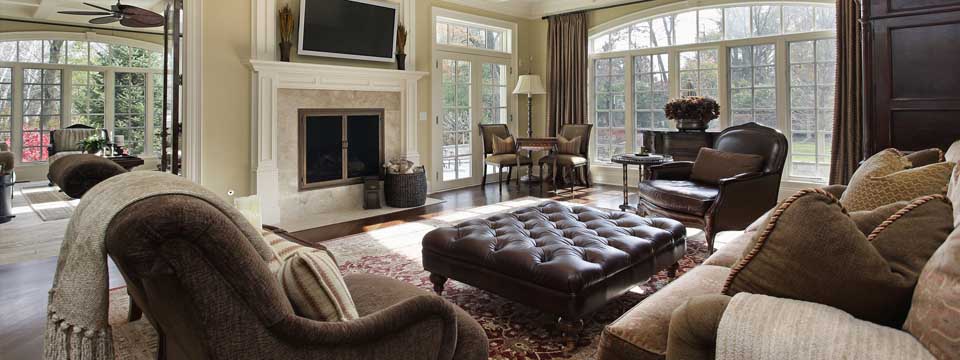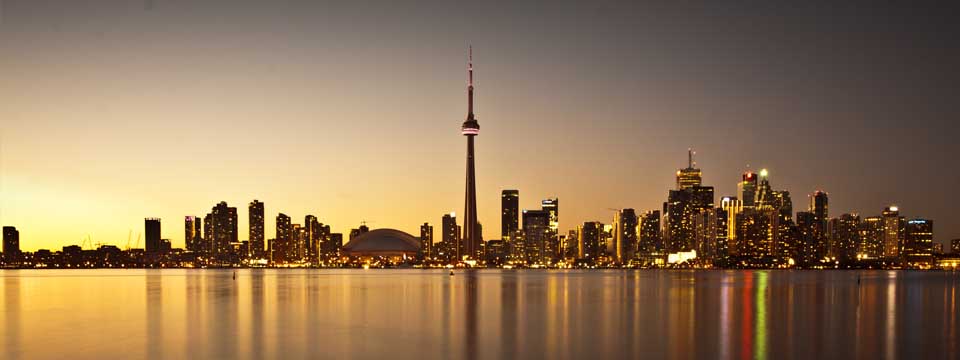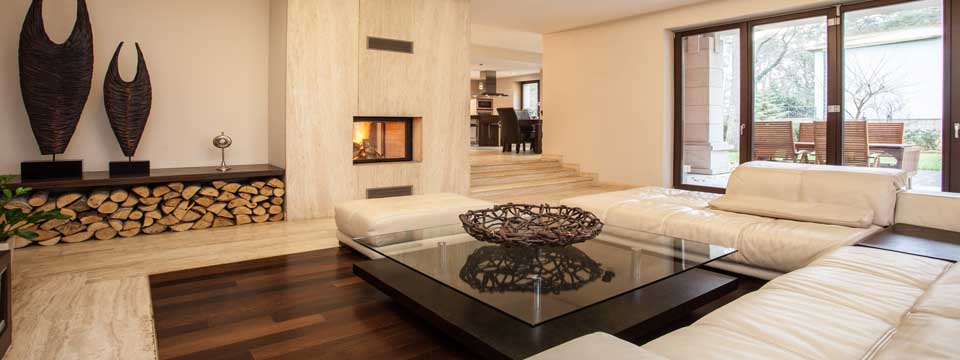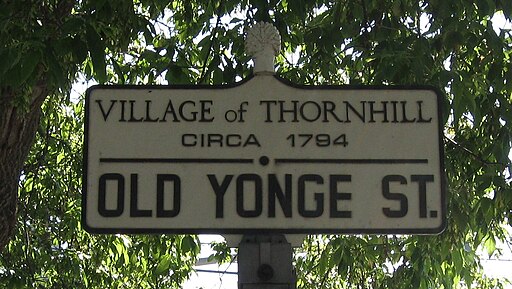Thornhill Real Estate & Homes for Sale
Thornhill, Ontario
From Wikipedia, the free encyclopedia
Thornhill (2006 population 106,394) is a suburban neighbourhood in the Greater Toronto Area of Southern Ontario, Canada, located on the northern border of the city of Toronto. Once a municipal village, Thornhill is now a community and postal designation geographically split into two municipalities along Yonge Street, the city of Vaughan to the west and the city ofMarkham to the east. According to the 2001 Census, the population of Thornhill-Vaughan was 56,361, and the population of Thornhill-Markham was 47,333.
It is immediately south of Richmond Hill.
Demographics
Thornhill has a very ethnically diverse population. It is home to significant visible minorities communities, but is particularly known for its large Jewish community: 36.6% of the population of Thornhill is Jewish, the highest in Canada. It is home to numerous Jewish synagogues and schools, particularly Ashkenazi and Sephardic Orthodox Jewish synagogues such as the Thornhill Community Shul, Westmount Shul and Learning Centre, the Beth Avraham Yoseph of Toronto,Sephardic Kehilla Centre, and Chabad centres such as the Jewish Russian Community Centre, as well as Conservative synagogues such as Beit Rayim as well as Reform Jewish institutions such as Temple Har Zion, Temple Kol Ami, and the Leo Baeck Day School, a major Reform Jewish primary school.
According to 2001 Federal Census data, the electoral district of Thornhill (which is not entirely congruent with the community) consists of Chinese, the largest visible minority, accounting for almost 11% of total residents (12,610), followed by South Asian (6,595), Black (2,665), Korean (2,660), Filipino (2,535), and West Asian (2,355).
History
Thornhill was founded in 1794. Its first settlers on Yonge Street in Thornhill were Asa Johnson (who settled on the Vaughan side) and Nicholas Miller (who settled on the Markham side). Of particular importance was the arrival of Benjamin Thorne in 1820, who was operating a gristmill, a sawmill, and a tannery in the community. The settlement came to be known as Thorne's Mills, and later, Thorne's Hill, from which its current name is derived. (Thorne committed suicide in 1848, after a serious wheat market crash.)
Between 1830 and 1848, Thornhill experienced a period of continued growth and prosperity. The business district of Thornhill developed on its portion of Yonge Street, between Centre Street and John Street. Stagecoaches travelled between Holland Landing (Lake Simcoe) and York (Toronto) as Yonge Street's road conditions improved with new stonework. During this prosperous period, several churches, many of which are still standing today, were constructed.
Thornhill's location along Yonge Street, a major transportation route, proved to be beneficial to the community's growth throughout much of the twentieth century. The implementation of an electric street railway along Yonge Street in 1898 towards Kleinburg, Georgina, King and Toronto meant that, for the first time, it was possible for people to reside in Thornhill and work in Toronto. By the 1920s, the prevalence of the automobile further facilitated travel along Yonge Street.
Education
Secondary Schools
- Stephen Lewis Secondary School, established in 2006
- Thornhill Secondary School, established in 1955
- Thornlea Secondary School, established in 1969
- Vaughan Secondary School, established in 1989
- Westmount Collegiate Institute, established in 1996
Catholic schools
- Blessed (Bishop) Scalabrini Catholic Elementary School
- Holy Family Catholic Elementary School
- St. Elizabeth Catholic High School, established in 1987
- St. Joseph the Worker
- St. Robert Catholic High School
- St. Anthony Catholic Elementary School
- St. Michael Catholic Academy
- St. Luke Catholic Elementary School
Private Schools
- UMCA Rich Tree Academy
- Blyth Education
- Rutherford Private School & Daycare (formerly known as Eligor School)
- Toronto Waldorf School
Elementary Schools
- Bakersfield Public School, established in 2003
- Baythorn Public School
- Bayview Glen Public School
- Bayview Fairways Public School
- Brownridge Public School
- Carrville Mills Public School, established in 2007
- Charlton Public School
- Doncrest Public School
- E.J. Sand Public School
- German Mills Public School
- Glen Shields Public School
- Henderson Avenue Public School
- Herbert H. Carnegie Public School
- Johnsview Village Public School
- Julliard Public School
- Louis Honoré Fréchette Public School, established in 1991
- Roberta Bondar Public School, established in 2008
- Rosedale Heights Public School
- Stornoway Cresent Public School
- Thornhill Public School,
- Thornhill Woods Public School, established in 2005
- Ventura Park Public School, established in 1999
- Westminster Public School, established in 1983
- Willowbrook Public School
- Wilshire Elementary School
- Woodland Public School
- Yorkhill Elementary School
Real Estate Aurora - Real Estate Buttonville - Real Estate Maple - Real Estate Markham - Real Estate Newmarket - Real Estate Richmond Hill - Real Estate Thornhill - Real Estate Toronto - Real Estate Unionville - Real Estate Vaughan - Real Estate Whitchurch-Stouffville - Real Estate Woodbridge









